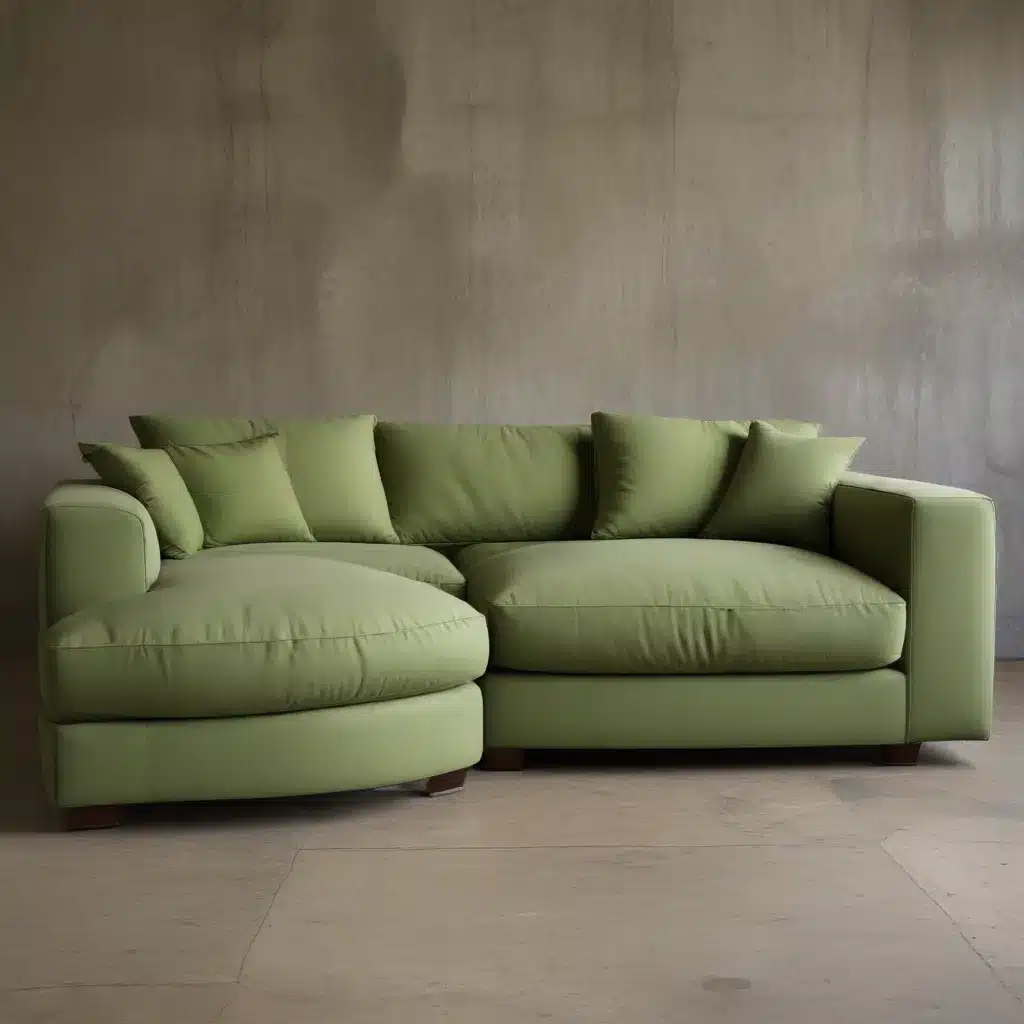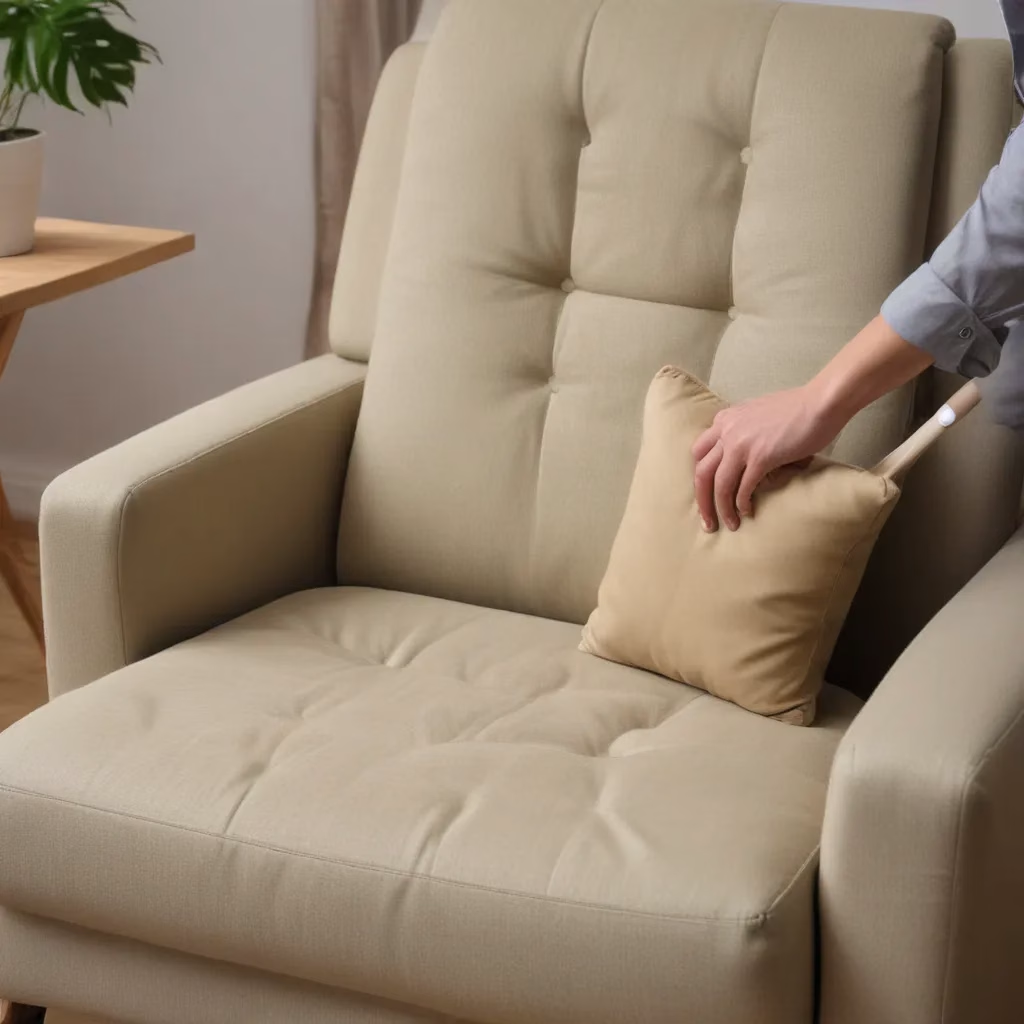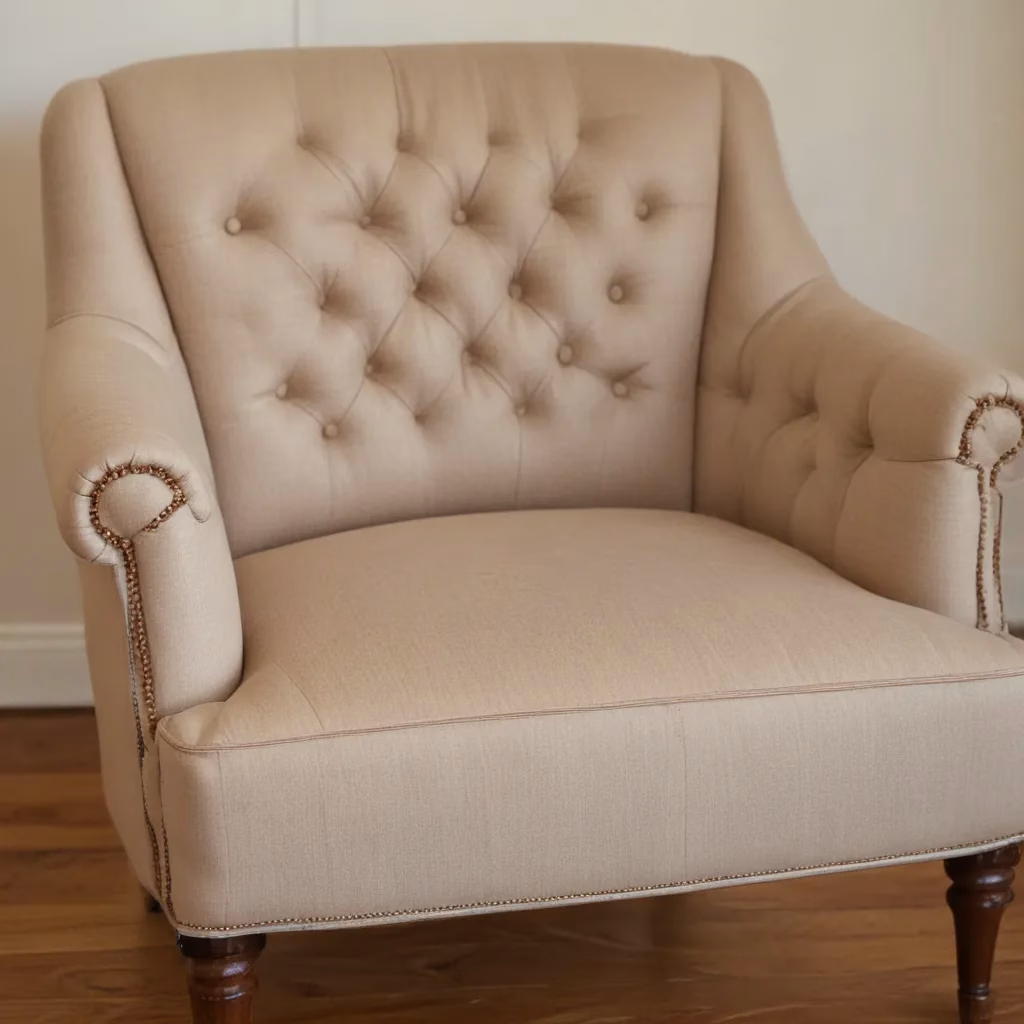
The Evolution of Eco-Friendly Furniture
As a furniture specialist with over two decades of experience, I’ve witnessed a remarkable shift in the industry. Gone are the days when sustainability was an afterthought. Today, eco-friendly furniture, particularly sofas, has taken center stage in home design. This transformation isn’t just a passing trend; it’s a response to growing environmental awareness and a desire for healthier living spaces.
The concept of ‘green’ furniture has evolved significantly. Initially, it was often associated with compromised aesthetics or comfort. However, modern sustainable sofas are a far cry from their predecessors. They combine style, comfort, and environmental responsibility in ways that were once thought impossible.
What’s driving this change? In my experience, it’s a combination of factors. Consumers are becoming more educated about the environmental impact of their purchases. They’re asking questions about materials, manufacturing processes, and supply chains. At the same time, advancements in technology and design have made it possible to create beautiful, durable furniture using eco-friendly materials and methods.
Understanding Sustainable Materials in Sofa Production
When we talk about sustainable sofas, we’re really talking about the materials used in their construction. Let’s break down some of the most common eco-friendly materials I’ve seen gaining popularity in recent years:
Reclaimed Wood
Reclaimed wood is a favorite in the sustainable furniture world, and for good reason. It’s wood that’s been salvaged from old buildings, barns, or other structures and given new life. I’ve seen stunning sofa frames made from reclaimed wood that tell a story through their knots and grain patterns.
The benefits of reclaimed wood extend beyond its unique aesthetic. By reusing existing materials, we reduce the demand for new lumber, which in turn helps to combat deforestation. It’s a win-win situation: you get a piece of furniture with character and history, and you’re doing your part for the environment.
Recycled Fabrics
Another area where I’ve seen significant innovation is in upholstery fabrics. Many manufacturers are now using fabrics made from recycled materials, such as plastic bottles or discarded textiles. These recycled fabrics are often indistinguishable from their non-recycled counterparts in terms of look and feel.
What’s particularly exciting about recycled fabrics is the range of options available. From soft, plush velvet-like textures to durable, easy-to-clean materials, there’s a recycled fabric to suit every taste and lifestyle.
Bamboo
Bamboo has become increasingly popular in furniture production, and it’s easy to see why. It’s one of the fastest-growing plants on the planet, making it a highly renewable resource. Bamboo is also incredibly strong and durable, making it an excellent choice for sofa frames.
In my experience, bamboo furniture has a distinct aesthetic that appeals to those looking for a modern, minimalist look. It’s also naturally resistant to moisture and pests, which can contribute to the longevity of your sofa.
The Benefits of Choosing a Green Sofa
Opting for a sustainable sofa isn’t just about being environmentally conscious. There are tangible benefits that I’ve seen my clients enjoy time and time again:
Improved Indoor Air Quality
Many conventional sofas are treated with flame retardants and other chemicals that can off-gas into your home, potentially affecting indoor air quality. Sustainable sofas, on the other hand, often use natural or low-VOC (Volatile Organic Compound) materials and treatments. This can lead to a healthier home environment, which is especially important for those with allergies or sensitivities.
Durability and Longevity
In my years of working with furniture, I’ve noticed that sustainable sofas often outlast their conventional counterparts. This is partly due to the quality of materials used, but also because of the craftsmanship involved in their production. When you invest in a well-made, sustainable sofa, you’re likely to have a piece that will stand the test of time, reducing the need for frequent replacements.
Unique Aesthetic Appeal
There’s something special about a sofa made from sustainable materials. Whether it’s the unique grain of reclaimed wood or the subtle texture of recycled fabric, these sofas often have a character and charm that mass-produced furniture simply can’t match.
Choosing the Right Sustainable Sofa for Your Home
Selecting the perfect sustainable sofa involves more than just looking at eco-credentials. Here are some factors I always advise my clients to consider:
Comfort and Functionality
First and foremost, your sofa needs to be comfortable and suit your lifestyle. Do you prefer a firm seat or something you can sink into? Do you need a sofa bed for guests? These functional considerations should guide your choice.
Style and Aesthetics
Your sofa is often the centerpiece of your living room, so it needs to fit with your overall design aesthetic. Fortunately, sustainable sofas come in a wide range of styles, from classic to contemporary.
Size and Scale
Consider the size of your room and how the sofa will fit within the space. A sustainable sofa that’s too large can overwhelm a room, while one that’s too small might look out of place.
Maintenance Requirements
Different materials require different levels of care. Be honest with yourself about how much maintenance you’re willing to do. Some eco-friendly fabrics are incredibly easy to clean, while others might require more careful handling.
Caring for Your Sustainable Sofa
Once you’ve invested in a sustainable sofa, you’ll want to keep it looking its best for years to come. Here are some tips I always share with my clients:
Regular Cleaning
Vacuum your sofa regularly to remove dust and debris. For fabric upholstery, use a soft brush attachment to avoid damaging the fibers.
Prompt Stain Treatment
If spills occur, act quickly. Blot (don’t rub) the stain with a clean, damp cloth. For tougher stains, consult the manufacturer’s cleaning guidelines.
Rotation and Fluffing
Rotate cushions regularly to ensure even wear. Fluff back cushions to maintain their shape and comfort.
Avoid Direct Sunlight
Prolonged exposure to direct sunlight can fade upholstery. Consider using curtains or blinds to protect your sofa during the sunniest parts of the day.
The Future of Sustainable Sofas
As we look to the future, I’m excited about the continued innovations in sustainable furniture design. We’re seeing advancements in bio-based materials, improvements in recycling technologies, and a growing emphasis on circular design principles.
One trend I’m particularly excited about is the rise of modular sofas. These designs allow for easy repair and replacement of individual components, extending the life of the sofa and reducing waste.
Another area of innovation is in smart, sustainable fabrics. These materials can repel stains, regulate temperature, and even purify the air around them, all while being environmentally friendly.
Making the Switch to a Sustainable Sofa
If you’re considering making the switch to a sustainable sofa, there’s never been a better time. The range of options available means you don’t have to compromise on style, comfort, or quality to make an eco-friendly choice.
Remember, sustainability isn’t just about the materials used in your sofa. It’s also about longevity. Choosing a well-made, timeless piece that you’ll love for years to come is one of the most sustainable decisions you can make.
As you embark on your search for the perfect sustainable sofa, don’t hesitate to ask questions about materials, manufacturing processes, and certifications. A reputable retailer should be able to provide this information.
And if you’re looking for inspiration or advice, why not check out Sofa Spectacular? They offer a wide range of sustainable options and expert guidance to help you find the perfect sofa for your home.
In conclusion, the world of sustainable sofas is rich with possibilities. By choosing a green sofa, you’re not just furnishing your home; you’re making a statement about your values and contributing to a more sustainable future. So why not take that step today? Your perfect sustainable sofa is out there, waiting to become the heart of your home.



